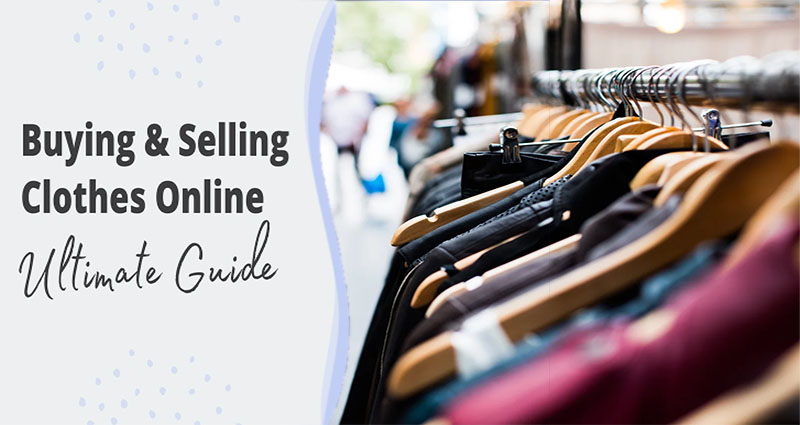Many shoppers and online retailers face the same challenges in e-commerce for apparel. Many shoppers don’t have the time to read product descriptions and return items, making the entire process frustrating and time-consuming. But it doesn’t have to be this way. There are several tools available that will help you start a clothing business. Read on to learn more about some of the most common mistakes and strategies to minimize returns. Listed below are some tips to make the experience more enjoyable and productive for both shoppers and online retailers.
Fashion eCommerce trends
In the last few years, the face of fashion eCommerce has changed a lot. There are many exciting e-fashion services for consumers and brands alike. And with the emergence of new brands that produce affordable apparel, competition for fashion brands is fiercer than ever before. To keep up with these trends and remain competitive, your online retail store needs to follow certain best practices. If you haven’t already, you should start today!
One trend that has made its way to online retail is the resale and reCommerce of previously worn apparel. This is also known as reverse commerce and is a growing trend. Consumers are increasingly looking for sustainable clothing options, and brands need to make this happen.
Many fashion retailers have responded by adopting omnichannel strategies, which combine brick and mortar stores with online sales. These new strategies are designed to create seamless shopping experiences for consumers.
Tools for starting a clothing store
Whether you’re looking to sell clothing and accessories online, or create a broader selection of products, there are many tools that can help you get started. Regardless of your budget, there’s a website builder to suit your needs, whether it’s a WordPress or WooCommerce site. Some tools even have mobile applications, allowing you to manage orders and inventory on the go.
These mobile apps can handle out-of-stock situations and make it easy to change inventory parameters or stock status.
Regardless of your chosen business model, you must take time to plan and implement an effective marketing strategy. Start by researching popular online clothing stores and learn about their business strategies. Become familiar with the types of clothing they offer and the styles and materials they use. If possible, interview their high-level staff to get an inside look at their operations. Don’t be afraid to ask them any questions about their methods. While there are many tools available to help you launch your business, the most important factor is that you’re willing to dedicate the time to make your store successful.
Product information provided by online retailers
Consumers are increasingly relying on online retail stores to make their purchasing decisions. Regardless of the type of purchase they intend to make, these stores should provide detailedproduct information. This information should include: price, discount amounts and timeframes, shipping charges, return/exchange policies, merchandise dimensions, product model/serial numbers, and third-party evaluations. For example, the Salsify study found that 65% of shoppers will abandon product pages if they cannot find detailed product information.
Strategies for reducing returns
One of the most effective strategies for reducing returns when shopping online is to offer a longer window of return. Whether it is an item that does not fit or a gift that does not match the expected size, extending the return period can significantly improve customer satisfaction and cut returns in half. Customers are also rewarded for completing the return process by receiving a free gift or small discount. This is an excellent way to increase brand loyalty and decrease product returns, while maintaining profit margins.
In order to reduce returns, ecommerce businesses cannot skimp on quality control. They must provide accurate product descriptions and answer questions on-the-spot. Loop is a great way to collect data from customers and identify which products are failing and need to be improved. A product description that contains clear and accurate information on what it is and how to use it will win the hearts of consumers. While it is difficult to eliminate all return requests, retailers can try to incorporate these strategies into their website.











